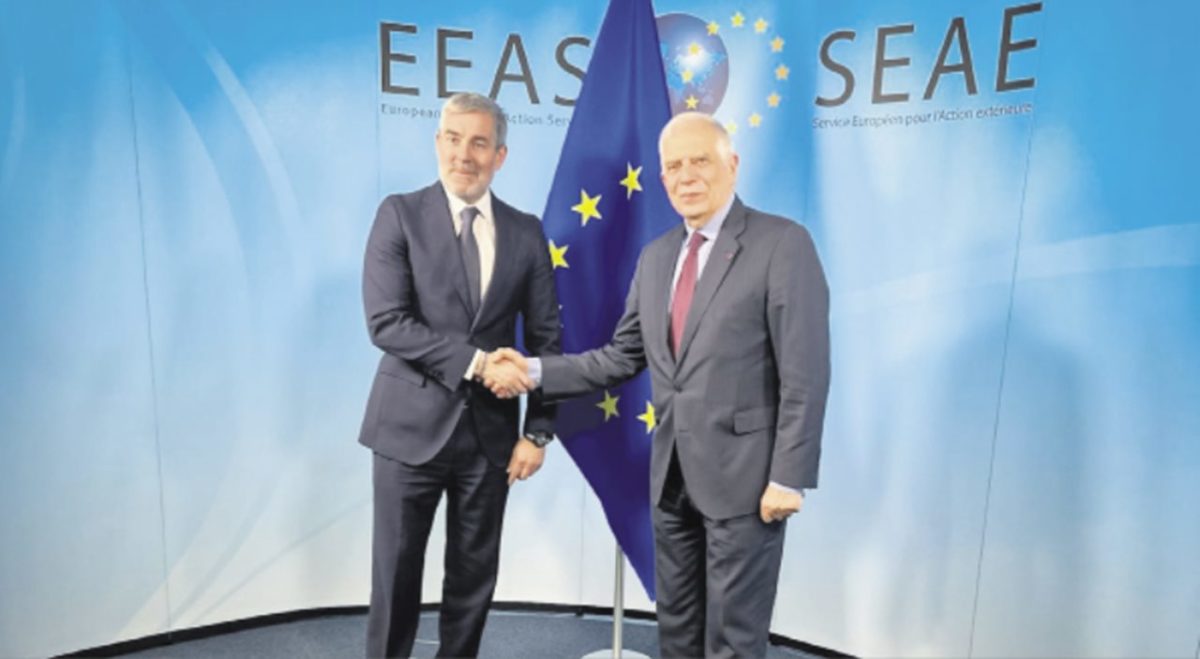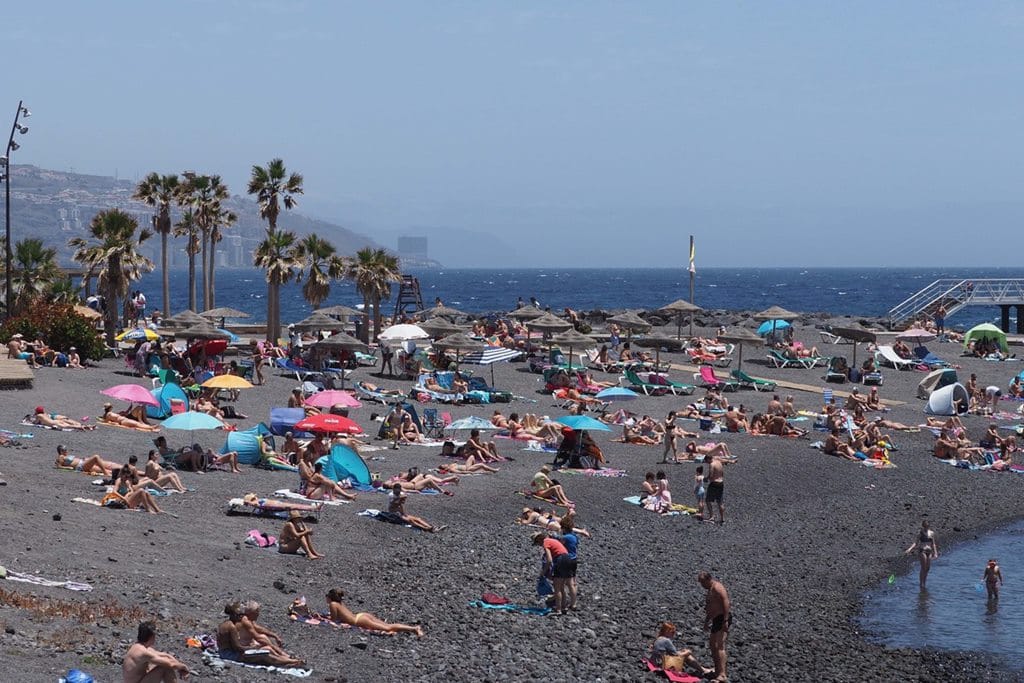A multidisciplinary team has carried out the biomineral analysis of two complete fossil eggs of shearwaters (Family Procellariidae) that were recovered in one of the Roman sites of Lobos Island in the Canary Islands and that have a chronology from the middle of the 1st century BC to the middle of the 1st century AD. In a statement, the Catalonian Institute of Human Paleoecology and Social Evolution (IPHES) explained that the results of this research have been published in the scientific journal Diversity.
The work was led by the Juan de la Cierva postdoctoral researcher at IPHES-CERCA, Carmen Núñez-Lahuerta, with the participation of researchers from the University of La Laguna, the Archaeological Museum of Tenerife and the University of Zaragoza.
In this sense, in the Canary Islands, fossil egg remains are relatively common and have been the subject of research since the 1970s. Despite this research tradition, very little work has focused on their biomineral structure, a fact that reinforces the relevance of the study that has just been published.
Núñez-Lahuerta commented that “although a priori all bird eggs are very similar, they have a complex and highly variable structure”. “The eggshell is made up of three layers, but their relative thickness can be different, as can the presence and distribution of other structures such as cuticles or vesicles,” she said. Therefore, this set of variations “are typical of each species, so their study allows the identification of the laying bird”, concluded the researcher.
Thus, this study of the fossils of the Canary Islands, using petrographic microscopy and electron microscopy, has already made it possible to describe two species of shearwater endemic to the islands, and which are currently extinct: Puffinus holeae and Puffinus olsoni. As such, the next steps of the research will focus on increasing knowledge of their fossil registry, and to learn more about their behaviour and extinction.
THE ONLY ROMAN ARCHAEOLOGICAL SITE IN THE CANARY ISLANDS
The Lobos-3 site is located on a small island of some 500 hectares, of volcanic origin, situated in the Strait of La Bocaina, between the islands of Fuerteventura and Lanzarote. It is the only Roman site in the Canary Islands, dating back more than 2,000 years.
The archaeological excavations have identified the settlement as a purple workshop that would have been in operation from the middle of the 1st century BC to the middle of the 1st century AD. Purple-dyed textiles were popular throughout the ancient world, from the Greeks and Phoenicians to the Romans, and led to the development of profitable purple dye industries in antiquity. They were considered luxury objects and a sign of social distinction.
According to Carmina del Arco, Professor of Archaeology at the ULL, who has been in charge of the excavations since they began, “Lobos is a privilege” and, at the same time, an “exotic” site for Canary Island cultures. “It is only Roman, with no material related to indigenous Canary Island cultures” and “underlines the economic interests that existed to exploit the resources of the Canary Island territories since ancient times”.






